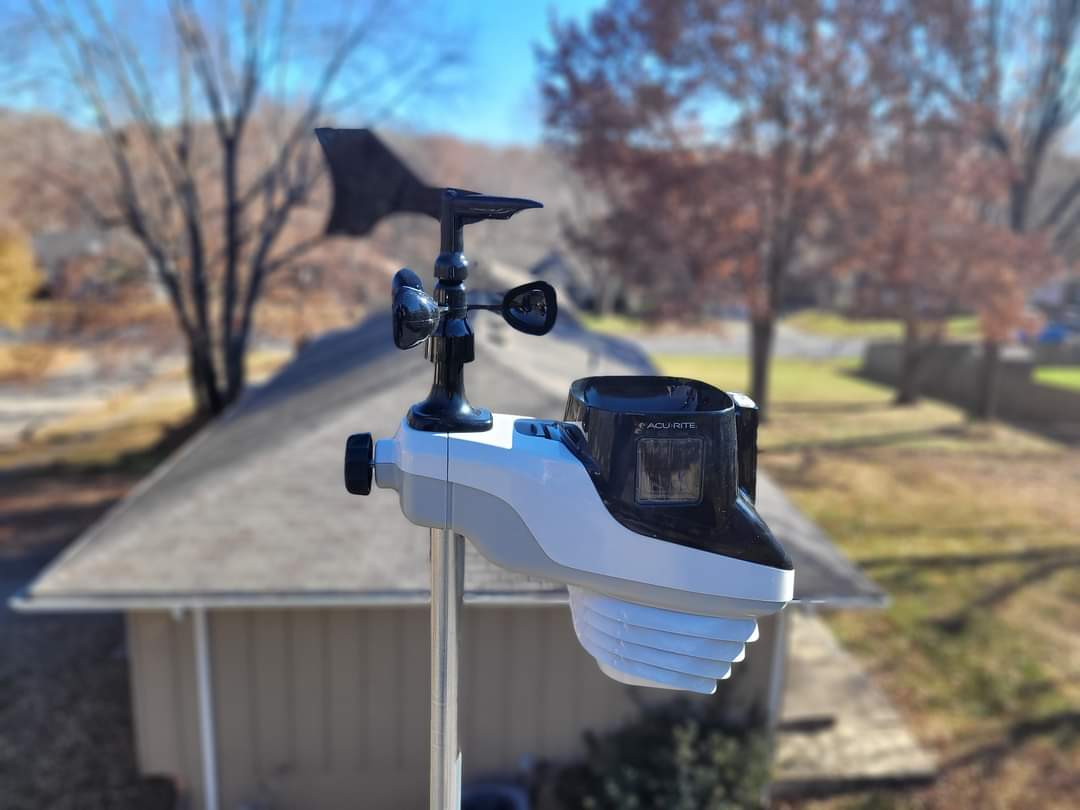This may be already known, but I want to assume that nothing is known and I am going to start as if this was brand new research because you never know. Some may consider this as “reinventing the wheel”, but something may have been missed in previous research documents and data.
Examination of various radar loops using the College of DuPage weather site, I started with the basic radar loop and then enabled the surface temperature layer. After examination of various storms throughout the United States, it was discovered that storms move in the direction of higher surface temperatures. I have added the radar loop below of June 27, 2019 to June 28, 2019.

Examination of most of the Nation it was found that some of the smaller storms were following the contour line of temperatures along the state of Kansas. It was also noted that the contour lines for those areas were much farther apart than the areas where the storms were tracking from cold to hot temperatures. Those storms or clouds that were following the contour lines of the temperatures had less potential energy than those storms that were crossing temperature contour lines that were much closer together. See radar loop below also taken from June 27-28, 2019.

It is safe to say from this discovery four things:
1. Storms track from cold to hot temperatures.
2. Storms tracking across close surface temperature contour lines are stronger.
3. Storms will also follow with surface temperature contour lines when the lines are much more spread out.
4. Those storms that travel with temperature contour lines lack storm potential energy.
It is also interesting to note that strong storms that bump up against a more spread out temperature contour line it loses strength and stalls out in that area and feeds back into itself creating a clockwise rotation which represents a weather high for that area.
I will have to continue to observe these phenomena to see if it stays consistent to my discovery. I will also need to take a look at fall, winter and spring to see if there are any changes to the paths that these storms take and if there is any difference between cold weather storms and warm weather storms and also compare our storm intensities with the surface temperatures. Data gathering with a proprietary sensor device would probe valuable to this discovery .


Thanks so much. I’m looking forward to learning much about how storms develop.